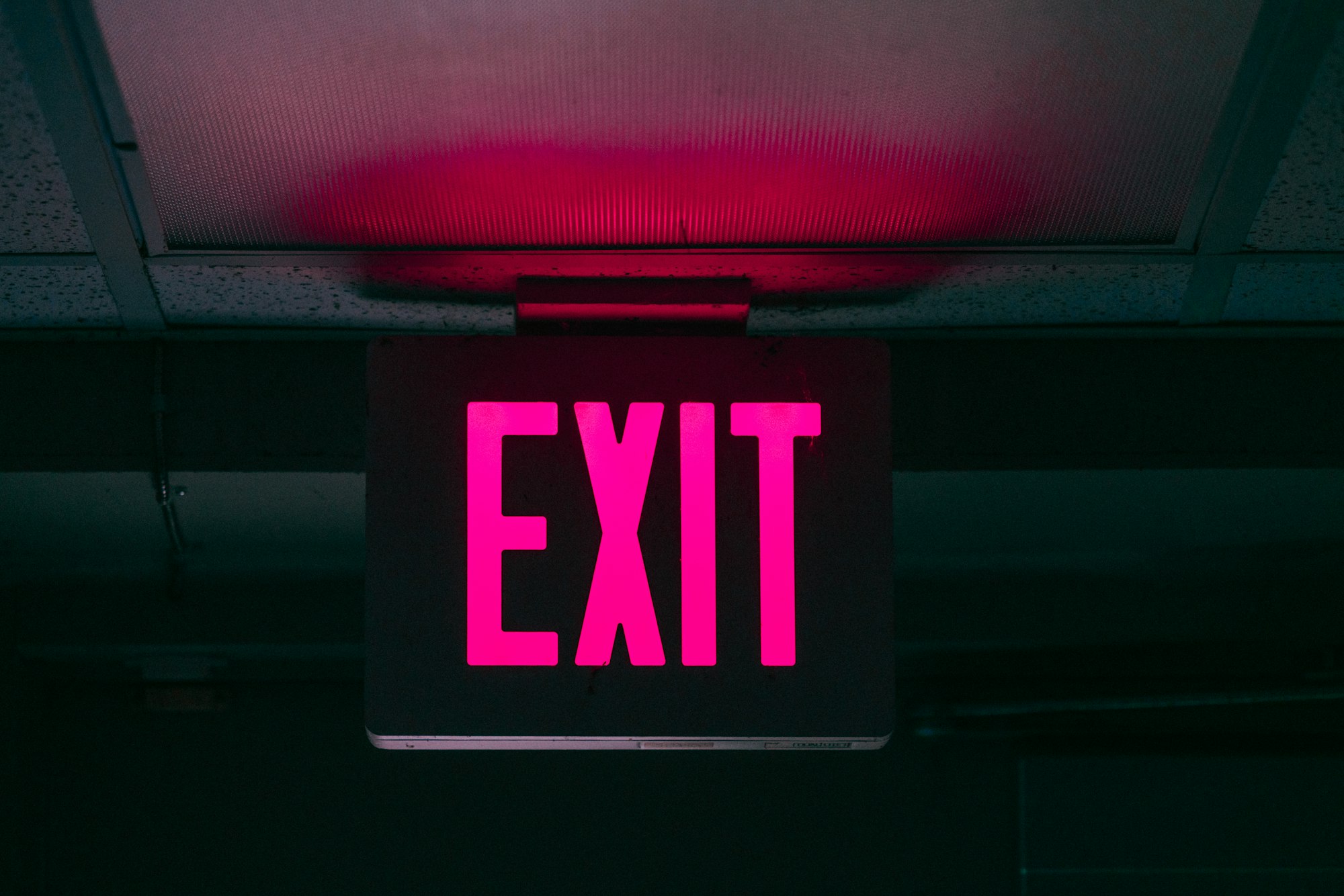The 'getting rid of' strategy
'Getting rid of' strategies don't work, because eliminate what you don't want, does not magically create what you do want in its place.

Often when confronted with a challenge, the default response is to adopt a strategy to 'get rid of' the apparent issue.
As a example: when load shedding becomes a political hot potato that threatens the stability of the country, the government tends to announce a plan 'to get rid of load shedding' (in the last 14 years we've heard this many times); and weirdly the menace of load shedding just seems to continue, despite the millions and millions that are spent on 'getting rid of' it.
The policy of BBBEE was meant to 'get rid of historical economic discrimination' in South Africa. With some of the worst income and wealth inequality in the world in 2022 - nearly three decades after BBBEE was first implemented, there is no debate as to whether or not it has been successful. The BBBEE strategy has not produced a desirable end result.
'Getting rid of' strategies don't work, because eliminating what you don't want, does not magically create what you do want in its place.
It's important to identify and address the barriers and constraints that are preventing 'what we do want' from coming through, but a 'getting rid of' strategy without a 'this is what we want' strategy will never be effective in achieving a positive shift.
But even though we know they don't work - it's astounding as to how popular 'getting rid of' strategies are.
Before planting a rubber stamp on an approach that is fruitless, rather balance the approach by also taking the time to be very clear as to what it is that you do want in its place.

